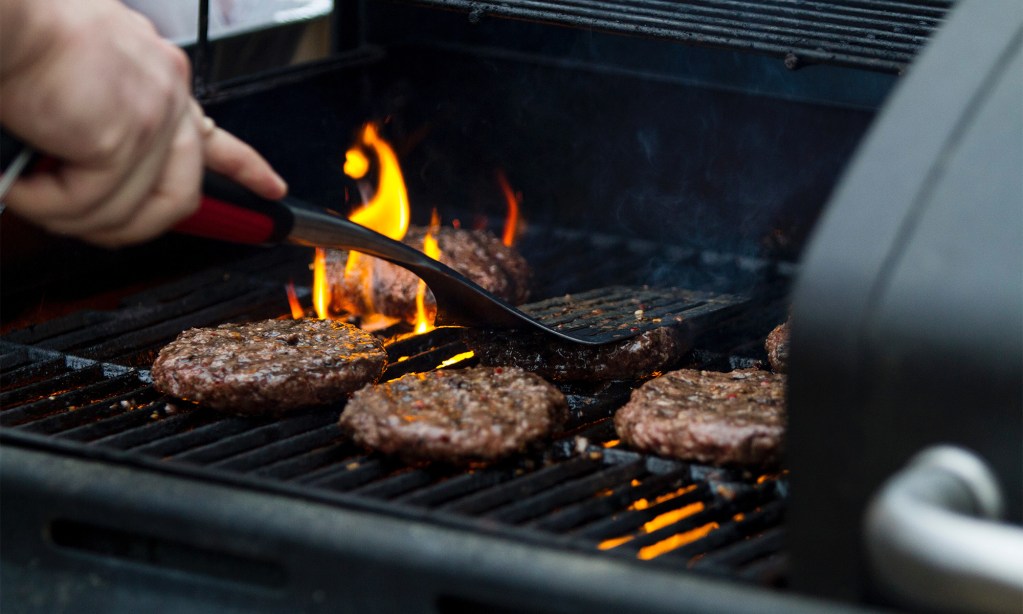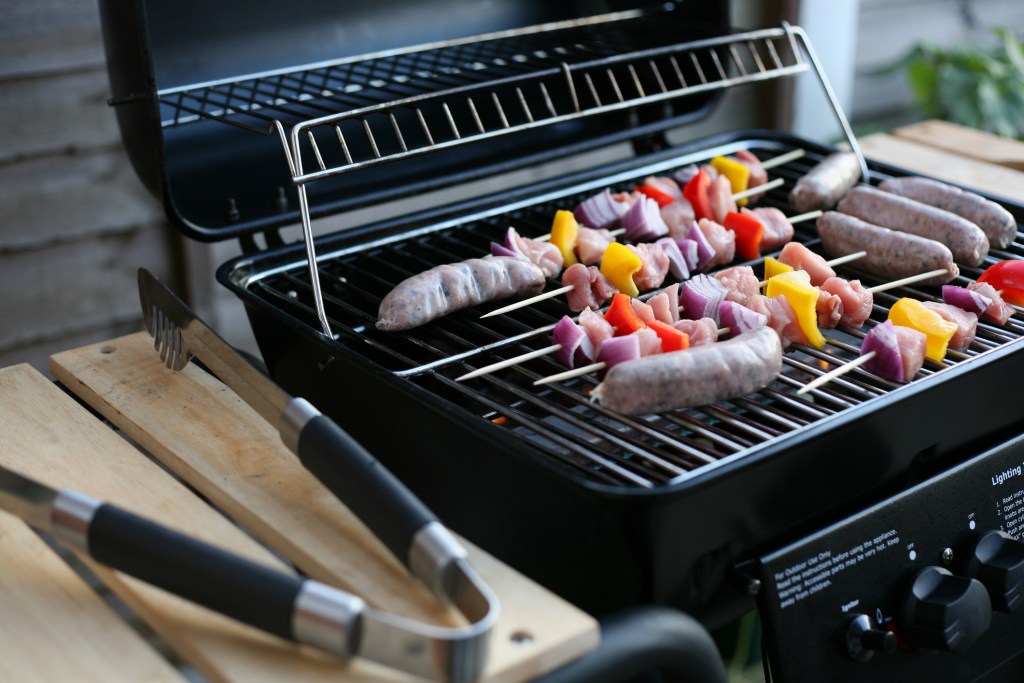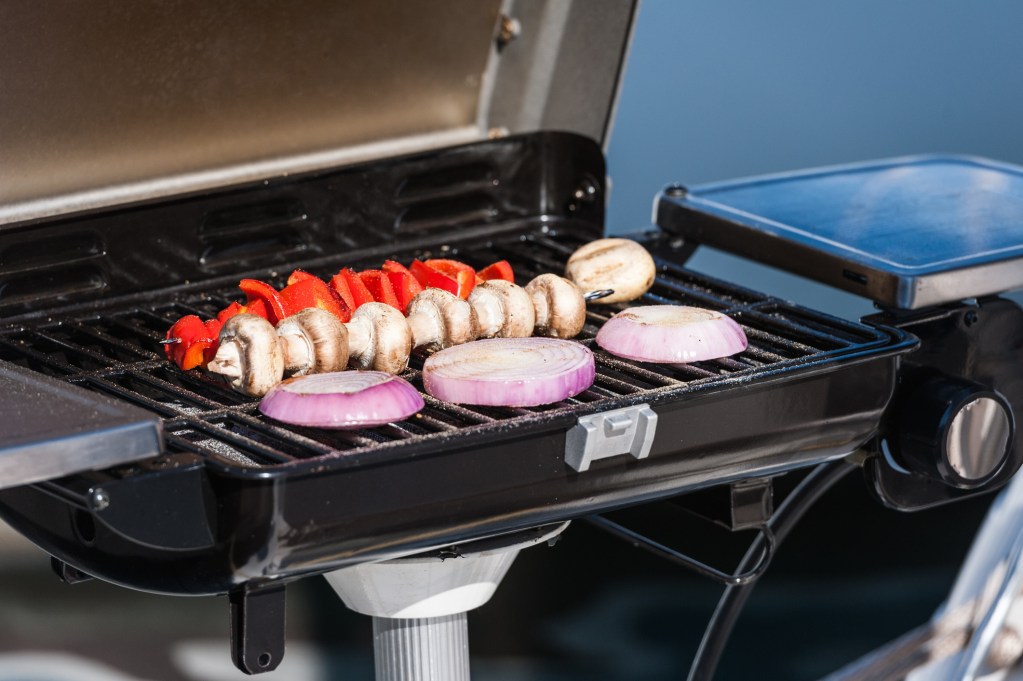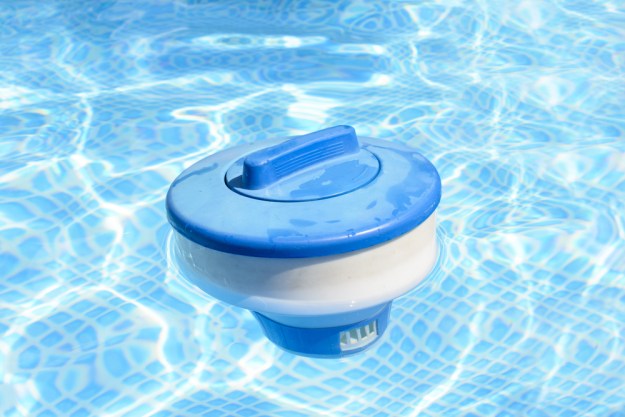
When it comes to barbecues and grills, everyone has an opinion. Barbecuing and grilling are as American as apple pie and baseball. Most people have a favorite type, whether it is gas, electric, or charcoal, and are willing to argue their points with anyone who disagrees. If you don’t already own a grill, you may be a bit overwhelmed with all of the conflicting reports as to which type is best. Charcoal grills are classic and don’t change very much. Due to this lack of innovative advancements, we will be discussing gas and electric grills here. We’ve weighed the pros and cons of each type of grill for you, so the ultimate decision is easier for you to make. And once you make that purchase, you’ll be full of facts to back up your choice when the next person tries to question your grilling style.

Gas Grills
Pros of gas grills
Gas grills have been the go-to choice for people who don’t want to deal with charcoal grills for decades now, says Bob Vila. Because of their popularity, there are many different varieties to choose from, which is a significant plus. Gas grills are favorites because they are easy to use — just turn a dial or push a button, and it is ready to go. Most of the gas grills you find on the market today have ignition buttons that allow you to start the grill with ease. Adjusting the heat is as simple as turning a dial. When you are finished cooking, you simply turn the burners off you’re finished.
Along with ease of use comes the speed of use. Gas grills are quick to use because they don’t require long to heat up since the flame is instant. Gas grills will have you grilling in minutes after you turn them on, which makes overall meal prep time shorter. You may need to allow your gas grill 15 – 30 minutes to fully heat up before using, but that is a short amount of time when compared to old-fashioned charcoal grills.
Gas grills usually have multiple burners. This may not seem like an immediate advantage, but having more than one burner allows you to create areas on the grill that are different temperatures. Thus, you can have a space for searing meats and a separate area for warming or grilling vegetables. Gas grills are also much less likely to have unwanted hot spots — areas on the grill that are significantly hotter than others. It should be noted that gas grills make it difficult to maintain low temperatures.
Cons of gas grills
Though there are many excellent features to gas grills, there are a few downsides to gas grills, as well. The first and most obvious disadvantage to gas grills is that you have to have gas to run them. Most of the time, gas grills are run on propane in the form of small propane tanks (though some are run on natural gas.) Propane tanks can run out, which can really put a damper on your grilling plans. Nothing is worse than realizing you are out of propane when you have a house full of guests or are halfway through grilling your meal.
The second main disadvantage to gas grills is that you are limited as to where you can use them. Gas grills require quite a bit of space to use and are almost exclusively used outdoors. Gas grills cannot be placed anywhere near any materials that could catch on fire. Gas grills are also large in size, and therefore, require a good amount of space to use. Gas grills also give off a large amount of smoke, which again, makes it necessary to use them outside.

Electric Grills
Pros of electric grills
Electric grills have become increasingly more popular over the past few years because they are user-friendly and environmentally friendly. The main advantage of an electric grill is that they turn on instantly and are ready to use in seconds, states The Spruce Eats. There is not a fire source, and the heat controls are usually in the form of high, medium, and low.
Electric grills have an advantage over gas grills because they can be used indoors. Since electric grills generate significantly less smoke and heat than gas grills, they are the usual choice for indoor grilling. Electric grills can be used inside a kitchen safely and with relatively little mess. Another reason electric grills are commonly used indoors is that they are usually smaller than gas grills. Electric grills are often small enough to be placed on a kitchen countertop.
Cons of electric grills
The main downside to electric grills is the loss of flavor that you would receive with a gas grill. Electric grills can absolutely grill food, but you won’t get that smokey barbecue flavor that you get when you use a gas grill, since there is no actual flame involved in the cooking process. The lack of fire also means electric grills aren’t great at searing meats.
Electric grills also take longer to cook food than gas grills do. Though the grill itself will be ready to go shortly after you plug it in and turn it on, the actual cooking process will take longer. Also, concerning time, electric grills typically only have the ability to be one temperature at a time. This means you must cook all foods at the same temperature and cannot cook meats at a high temperature on one side, and grill vegetables at a lower temperature on the other side.
Both gas grills and electric grills have their upsides and downsides. Ultimately, the decision comes down to a few factors that vary based on personal needs and tastes. The amount of space you have can dictate which type of grill you purchase. If a smokey flavor profile is a must for you, you will have to choose a gas grill. If your need to grill indoors is at the top of your list of checkboxes, an electric grill will be the best fit for you. No matter which grill type you choose, taking the plunge into the world of grilling will surely bring you new cooking joys.
Editors' Recommendations
- Tired of your ugly concrete patio? Check out these phenomenal DIY improvement ideas
- 10 simple yard cleanup tips that will make your life easier
- How to level a yard (and 3 reasons why you really should)
- What products to use to keep your driveway and yard safe from ice and salt: A winter guide
- The best pool vacuum heads for heavy-duty cleaning to save you time so you can relax




